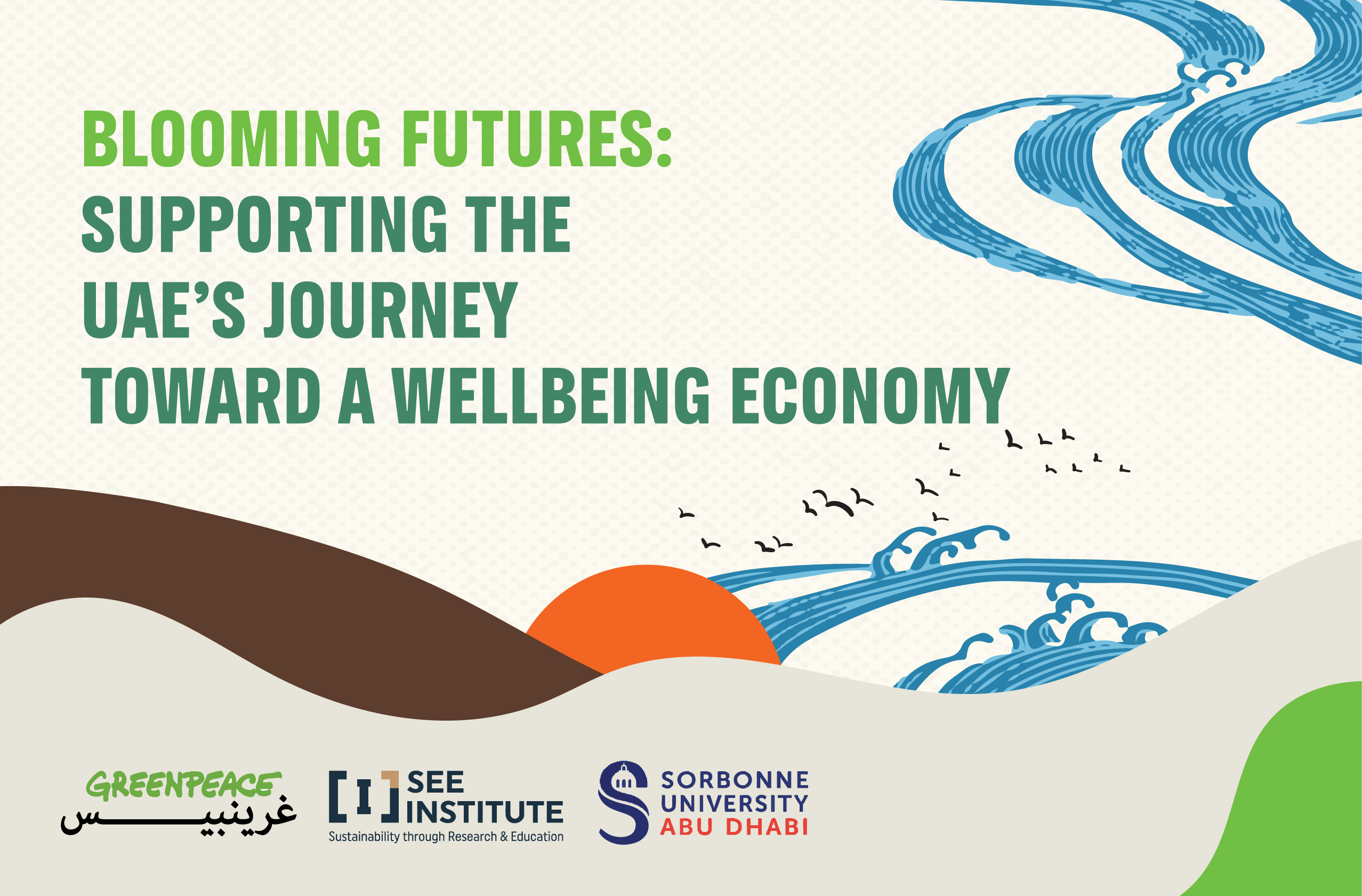Ibn Khaldun considers that urbanization is “how a country ages and improves its situation with the mediation of agriculture, industry, trade, its large population of citizens and the success of business and urbanization”. Today, it seems to be limited to the development of construction and urbanization. With the domination of the capitalist system, urbanized areas prevail and are integrated in the global economy while rural communities become marginalized. In fact, this urban phenomenon not only affects current populations but also future generations. This chapter presents the issue of the southern coast of Tunisia, a so-called “Paradise” that has become a victim of the economic trend of lack of infrastructure, population inflation and pressure of industrial activities. The second case study takes us to Egypt, specifically to the city of New Alamein, an area totally dependent on consumerism and a surplus in production which negatively affects the environment and society. Finally, the third study looks at Lebanon’s civil organization sector, which is a fundamental pillar of the national vision of economic development and is rooted in corruption, making citizens and land hostage to the cement sector
Related Posts
-

GP MENA Annual Report 2024
Guided by our vision to safeguard the diversity and richness of our region’s natural treasures, 2024 was a year of renewed determination and tangible impact for Greenpeace Middle East and…
-

Blooming Futures Report: Supporting the UAE’s Journey Toward a Wellbeing Economy
The report, titled “Beyond Extractivism: Towards a Feminist and Just Economic Transition in Morocco and Egypt”, challenges the widely held belief that European investments create mutual benefits. Instead, it reveals how these investments in oil, gas, renewable energy, green hydrogen, and agriculture in Morocco and Egypt often perpetuate unfair resource exploitation, with wealth and benefits…
-

World’s highest court delivers historic protections for climate-impacted communities
World’s highest court delivers historic protections for climate-impacted communities
